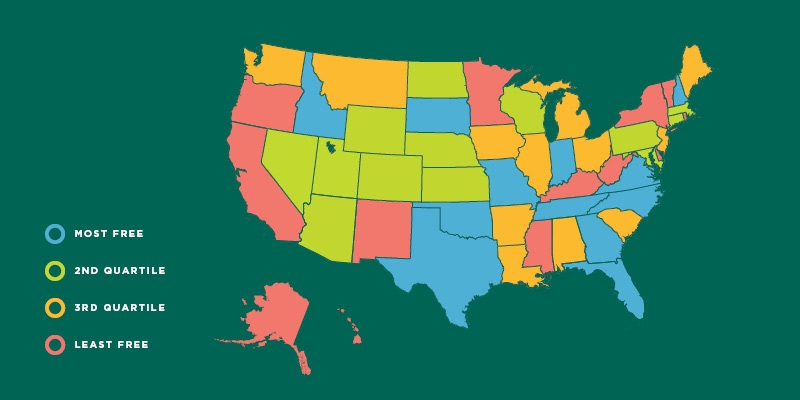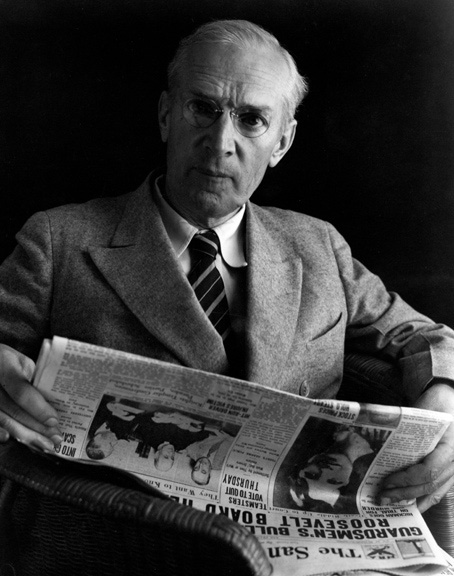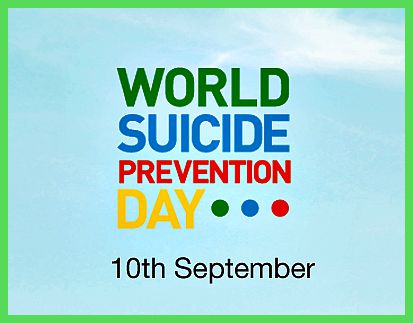HOME REMEDIES TO WHITEN YOUR TEETH
HOME REMEDIES TO WHITEN YOUR TEETH
Teeth whitening is something that has gained popularity in recent times. Although it does not have any significant health benefits, a whiter tooth is often considered a sign of healthy oral hygiene. With time, teeth whitening has gained importance, due to its cosmetic impact.This has resulted in a rise in the popularity of teeth whitening products.
But, if we look back in history, this trend isn’t something we can call as new. Whiter teeth have always been a mark of status, standard, and oral hygiene. Along with dental beautification, whiter teeth gained popularity as it became a sign of sophistication.
Before technology took over what did we fall back on for whiter teeth? As it turned out, nature has provided us with several remedies for dental discoloration. It is these hacks, tips, and remedies that traditional cultures used to get whiter teeth. Let us look at a few of those homemade remedies so that you can try them out yourself to experience healthy dental hygiene.
- Swishing Oil
This a popular and traditional method of teeth whitening, popular mostly in eastern cultures. This oil pulling method improves oral hygiene and is believed to remove toxins from the body as well. Swishing oils around the mouth remove the plague, causing bacteria and germs, preventing your teeth from turning yellow.
If you want to follow traditional methods, you can try sunflower oil or sesame oil as it is a popular choice according to Indian traditions. However, coconut oil is also a popular alternative as it has a pleasant taste and is known for its dental benefits. In fact, you can use any oil for this purpose.
This swishing oil method in your mouth helps reduce bacteria growth and prevent dental diseases and decay. This is effective against bacterias like Streptococcus mutans, often the root cause of dental problems like plaque formation and gingivitis.
Although you can try any oil for this purpose, coconut oil and sesame oil is preferred for their individual benefits. Even with science not proving the claim of oil pulling and swishing whitening your teeth, several people still practice this as it comes with several benefits, and people believe teeth whitening to be one of them.
While the high lauric acid in coconut acts as an anti-inflammatory remedy and anti-bacterial solution, sesame oil has proven to affect and reduce Streptococcus mutans in saliva in no time.
- Baking soda Toothpaste
With natural teeth whitening properties, baking soda is a popular traditional remedy for teeth whitening. It has also found its way into commercial teeth whitening toothpaste. It is a useful product for scrubbing away surface stains of your teeth.
Its mild abrasive quality makes it a good and effective teeth whitener. Being alkaline, it neutralizes the acidic state in your mouth and prevents bacteria growth.
Although it won’t show effect immediately, it improves your dental health, which becomes noticeable over time. This benefit is loved by commercial toothpaste companies, as they use it to make their toothpaste effective against yellow stains. The sudden rise in popularity of baking soda in commercial toothpaste is also due to studies that revealed that toothpastes with baking soda are much more effective in removing plagues than toothpastes without it.
- Activated Charcoal & Coconut
A key component in modern teeth whitening agents, activated charcoal and coconut, has been in use for ages. Although not scientifically proved, ancient cultures have believed that activated charcoal and coconut have teeth whitening benefits.
This became so popular that several cultures even used activated charcoal to brush their teeth. They believed that the use of activated charcoal could help them experience some noticeable changes.
With coconut already being an essential ingredient for maintaining dental health, modern toothpaste companies use these two products to make their product effective without any side effects.
While other companies use bleaches, peroxides, and chemicals to remove stains, products like Charcoal teeth whitening kit are based on naturally derived ingredients and are heavily dependent on providing their customers with whiter teeth without any side effects.

- Finding the solution in Fruits & Vegetables
Fruits and vegetables improve your health in general. It also improves your dental health. But, you need to know which veggies and fruits to pick up as a few of them can cause your teeth to stain even more.
- Strawberries
Did you know that most celebrity stylists suggest using strawberry and baking soda mix as a teeth whitening remedy?
It is mostly because strawberries contain malic acid, which has proven to be a significant ingredient in concoctions for dental discoloration removal.
The mixture of strawberry and baking soda is preferred by many as the baking soda buffs the stains away while the strawberry’s malic acid removes discoloration.
It is a strong tooth whitening mixture. This is why doctors often advise their patients not to use it too much or too frequently as it might damage your teeth.
- Pineapple
Pineapple contains bromelain, an enzyme that has proven to be effective in removing teeth stains. Although its effectiveness is not backed by science, Pineapple is a common ingredient in standard toothpastes.
Bromelain concentration in Pineapple is not quite strong. This makes Pineapple ineffective against underlying teeth stains as it can’t penetrate the enamel.
- Watching What You Eat
This is an essential step, as most food items are often the cause of teeth stains. Watching what you eat and avoiding teeth-staining foods is something you should practice if you want whiter teeth.
The list of such food items includes coffee, red wine, soda, and dark berries.
Although several teeth whitening products are effective and have instant results, doctors often advise you against them as they contain harmful chemicals. It’s better to try these home remedies or try products like natural ingredients-based products Charcoalo teeth whitening kit. Teeth whitening products like Charcoalo teeth whitening kit are often recommended because they contain natural ingredients, making them extremely safe and effective while taking away the risk of damaging your enamel.
With all the best possible remedies laid out, you must keep in mind that there is no better alternative than brushing and flossing. Instead, they should never be underestimated as they are the key acts of maintaining your oral hygiene.
























 Antony P. Mueller
Antony P. Mueller


